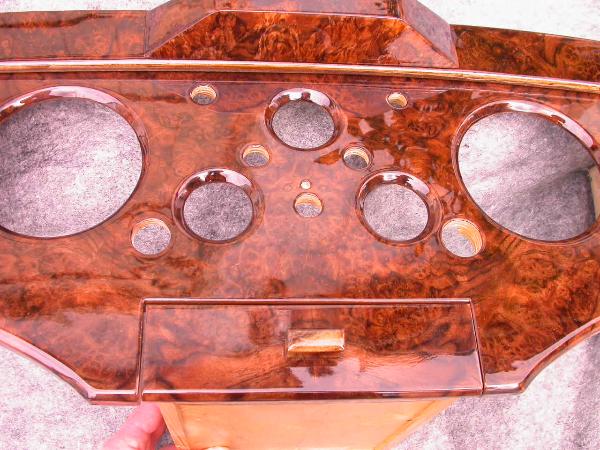Avoiding tear-in when trimming edges
How to prevent splintering when trimming veneered edges with a router. June 20, 2001
Q.
I applied lacewood veneer to Baltic birch panels and then trimmed the overlap with a router bit. This caused some small splintering on the sides of the panel, across the grain. How can I trim so as to prevent this splitting?
Forum Responses
The type of bit used could have caused this splitting. In some cases, a spiral arbor bit will cause split when a straight arbor bit will not. Ask the supplier that sold you the router some questions. The tool of choice for trimming edges of veneered panels is a router.
Locke Wilde, forum technical advisor
Also look at the direction of the cut. If you feed with the grain, you will get less tear-out than feeding against the grain. Like a chisel or a plane, with the grain for finish cuts is better on lumber, as there is less risk for pull-out and splitting.
I would guess that you used a water-based adhesive (PVA). PVA glues can loosen up and lose their strength when exposed to high temperatures. The heat from the router bit probably loosened the glue, and the veneer was torn during trimming because there was far less bond strength.
One thing that may help you in the future when trimming veneer overhang flush to your core panel is to use a laminate trimming router, and on the end grain sides, run the router in the 'climb-cut' direction. And as always, trim these sides first before the long grain sides. Climb-cutting with a larger router can sometimes be more difficult to control, but with the smaller laminate trimmer, it's a piece of cake.
